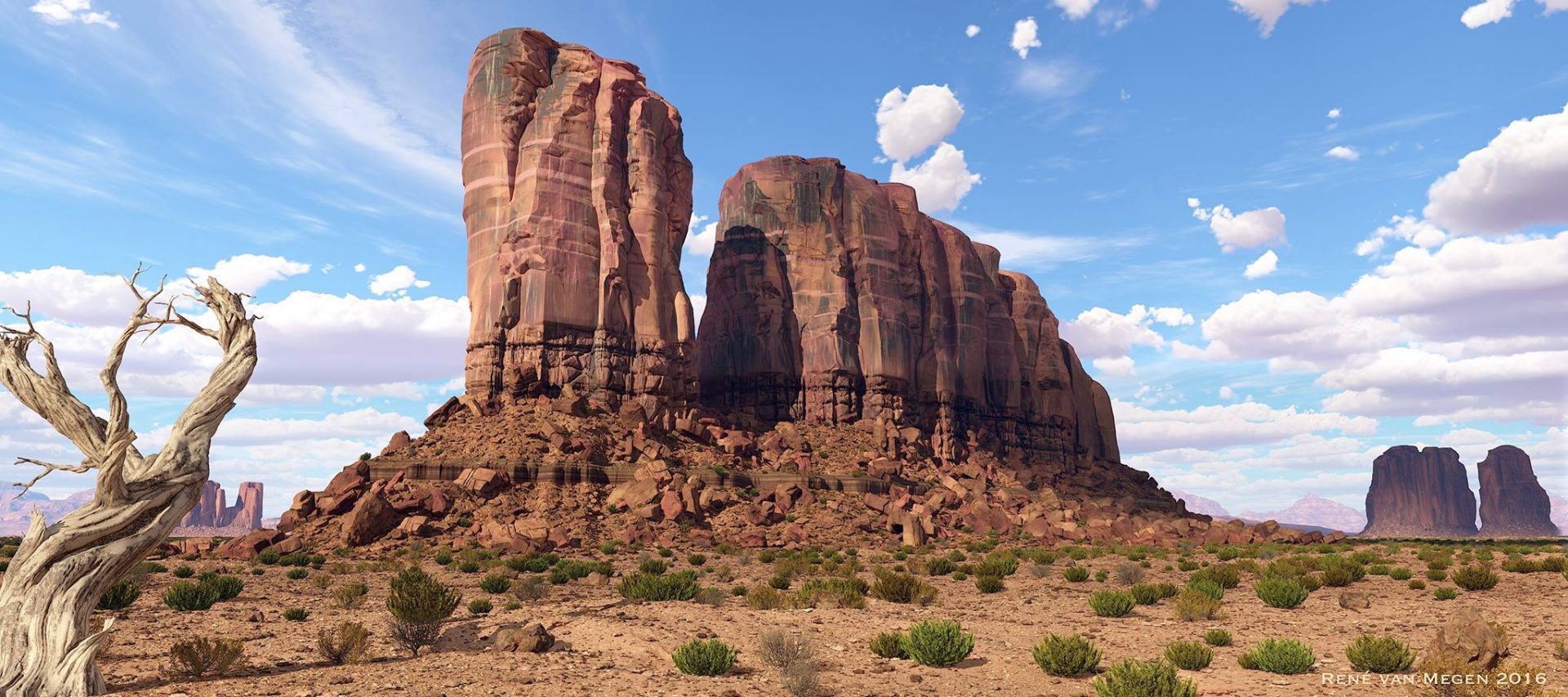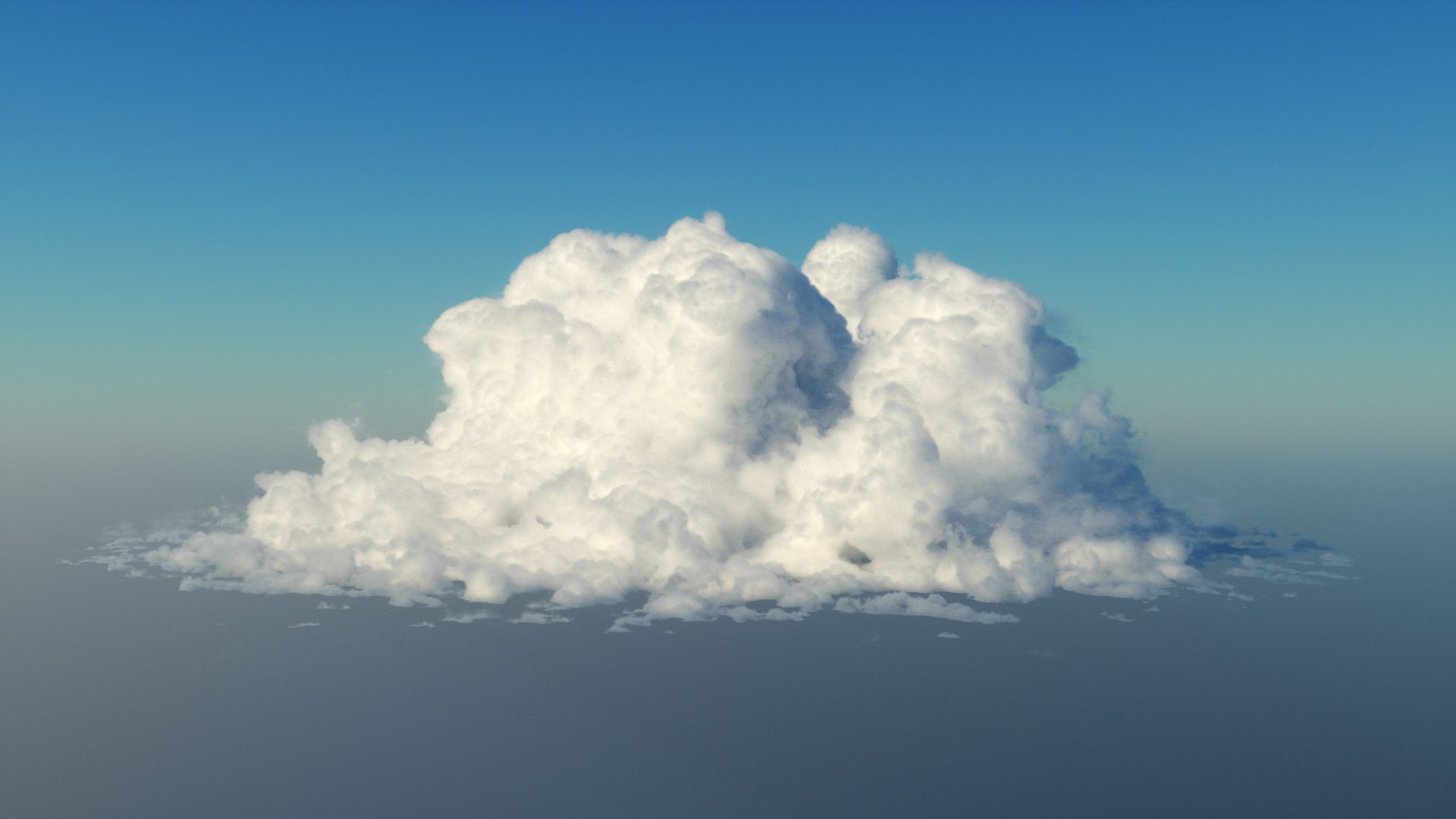Terragen ointment delivers targeted symptom relief from discomfort. Terragen is a homeopathic formula that is powerful but gentle on the most sensitive areas of skin. It is backed by confidential support and a money-back guarantee. Check out the best 3D animation software for 2D, 3D, and stop-motion animation to bring your 3D models to life in animated movies and games.
Version 4.4.44.0:Note: Version 4 is a paid upgrade from previous versions
Rendering:
- Changed the default render settings:
- 'Robust adaptive sampler' is enabled by default
- 'Anti-aliasing' default is 3
- 'Defer all shading' is enabled by default
- The radio buttons for choosing between 'Standard renderer' and 'Path tracer' have moved to the Quality tab of the render node, and other controls have been rearranged to accommodate them
- The path tracer is ready for use in production. More information is in the Path Tracing section below
- The robust adaptive sampler is ready for use in production. Two changes were made to the the robust adaptive sampler to produce better looking images in a shorter render time. We fixed an important bug in the way it handled colours, and implemented a new method of evaluating contrast. Both of these changes provide a better ratio of image quality to render time
- The 'Robust adaptive sampler' checkbox in the Render Pixel Sampler has been replaced by two radio buttons: 'Legacy adaptive sampler' and 'Robust adaptive sampler'
- Corrected some flaws with motion blur when the pixel sampler is adaptive, by reverting to a random sampling strategy in this case
- Fixed a bug with the ray bias in shadow rays originating far from the camera. The fix makes distant vegetation render more correctly
- Worked around a bug which can cause large amounts of noise in the atmosphere GI cache if reflective shaders are visible to the camera in the GI prepass. To work around this bug, the reflective shaders do nothing when hit by camera rays in the GI prepass
- Changed how bump mapping affects the shading position. Bump mapping doesn't affect shading position anymore because this was causing incorrect rendering of transparency. However, this also means we can't use the positive bump trick to avoid sharp terminators on low-poly geometry. We may need another solution for this in future builds
Output:
- New variables can be used in rendered output filenames. The complete list is now as follows:
- ${BUILDNUMBER} // e.g. 4.4.42.0
- ${CAMERA} // the name of the camera at the moment the frame started rendering
- ${IMAGETYPE} or IMAGETYPE // e.g. tgSurfDirect, tgCloudRgb etc. If used for the main output it will insert tgBeauty
- ${LAYER} or ${RENDERLAYER} // the name of the render layer at the moment the frame started rendering, if one was connected
- ${RENDER} or ${RENDERER} or ${RENDERNODE} // the name of the render node at the moment the frame started rendering
- ${RENDERSECONDS} // render time in seconds, e.g. 134
- ${RENDERTIME} // render time formatted with hours, minutes and seconds (e.g. 1h07m24s), or without the hours if shorter than 1 hour, e.g. 02m14s
- ${TGDNAME} // the name of the last saved or loaded TGD file at the moment the frame started rendering (or 'Untitled'), without the path and without the extension
- The default output filename and extra output filename are '${TGDNAME}.%04d.tif' and '${TGDNAME}.${IMAGETYPE}.%04d.tif' respectively
- Output folders are verified and automatically created if necessary at the start of a render that outputs files. The render aborts if output folders don't exist after attempting to create them. (Feature #742)
- Temporary/automatic render output files (the ones named 'tgout') have a new filename format that includes the render time and the version of Terragen
- When tgSurfIndirectDiff is enabled in a render layer, two new elements tgSurfIndirectDiffRefl and trSurfIndirectDiffTrans are automatically output as well. When tgSurfIndirectSpec is enabled, two new elements tgSurfIndirectSpecRefl and tgSurfIndirectSpecTrans are automatically output as well. Please note that these images are not being properly generated in this build; they are always black
- Before writing an image file, Terragen prints to stdout 'Attempting to write image: ' followed by the filename. ImageWriterTIFF no longer prints anything when it succeeds, only when it fails. This is consistent with the behaviour of ImageWriterEXR
Faster, Higher Quality Cloud GI:
- Cloud GI calculation is now much faster in scenes with high micropoly detail and/or high ray detail multiplier. This change comes at the expense of slightly reduced correctness which is unlikely to be noticeable in renders
- Slightly increased the spatial resolution of cloud GI (relative to the number of voxels), taking advantage of the faster calculation in this version
Path Tracing:


- The path tracer is ready for use in production. The path tracer option has moved to the Quality tab of the render node
- Transparency (glossy/specular transmission) can be rendered with the path tracer
- Improved the performance of the path tracer in lots of ways
- Improved the adaptivity of the path tracer when using the Robust Adaptive Sampler
- You can control the path tracer quality with 'Max paths per sampler' on the Quality tab of the render node
- You can control the path tracer's maximum ray depth with 'Max ray depth in PT' on the Advanced tab, but it cannot go higher than 13 in this build. The default value is 5
- Path tracer clamps albedo to 1 on all bounces except the first. This is necessary to be physically correct and to avoid extremely bright samples after multiple bounces
- Faster path tracing with soft shadows: When path tracing, the sampling of direct lights uses fewer samples in bounced light. The number of soft shadow samples has much less impact on render times
- Fixed a bug in the path tracer that sometimes made it impossible to finish or stop renders and previews
Subsurface Scattering in Path Tracer:
- Water Shader and Glass Shader 'volume density' and 'volume colour' can be used with the path tracer. This can be used to render objects with subsurface scattering. You can choose from 3 different methods to calculate subsurface scattering
Caustics:
- When rendering with the path tracer, direct light sources reflecting off or refracting through shiny objects can cause caustics. They are only roughly approximated to reduce the amount of noise they produce
- These caustics may also show up in renders that don't use path tracing, but at a lower quality
- Water Shader, Glass Shader and Reflective Shader have a new parameter called 'Caustic intensity' which defaults to 1. When a ray bounces off (or passes through) other rough surfaces before hitting this shader, 'Caustic intensity' controls the brightness of the specular highlights of direct light sources. This is what causes this shader to cast direct light caustics (reflective and refractive), but it is often a major source of unwanted noise in path traced renders (or flickering in other renders) so it may be useful to control its intensity
- Caustic refractions and reflections are not cast by objects that have 'Cast shadows' disabled. This is to obey conservation of energy and to avoid making path-traced underwater surfaces too bright under the Lake object which has shadows disabled by default
Water and Glass:

- When simulating solid panes of glass with two parallel faces with opposite normals, previously there was a bug with direction of the rays emerging from the far side. This has now been fixed
- Glass Shader's 'Double-sided surface' parameter is labeled 'Double-sided / Thin-walled'. This is to indicate that it's similar to the 'Thin Walled' option found in other renderers
- Moved the Water Shader's 'seed' parameter to the Waves tab and removed the Seed tab
Objects:
- When an OBJ file is read into a project for the first time, it creates material nodes for any material references in the OBJ (or groups/objects if there are no material references) as well as materials defined in the MTL file (if any). It does this regardless of whether a MTL file is found
- Bump maps and displacement maps are read from OBJ MTL files and are applied to the displacement channel
2D/3D Previews:
- Improved the performance and reduced the memory use of the 2D and 3D previews
- The 3D Preview allows objects, lights and cameras to be manipulated when in RTP mode. Camera wireframes are drawn and handles are shown for objects and lights. When hovering over a handle, the object is drawn in the same way it is in non-RTP mode, according to the Object Display Mode (bounding box, wireframe, smooth shaded or textured)
- Specular highlights (from direct lights) are rendered in RTP mode if shading is enabled
- Translucency of direct lights is rendered in RTP mode if shading is enabled
- Path Tracing can be enabled or disabled in RTP mode by clicking on the gold cup icon or by using the right-click menu (context menu) in the 3D Preview while in RTP mode
- Corrected the normals of instanced (populated) objects in RTP mode
- Smooth normals and bump mapping are rendered in RTP mode
- Fixed a bug with the ray bias in reflection/refraction rays in the RTP
Miscellaneous:

Terragen 4

Terragenesis
- There is a new checkbox at the top right of the main window called 'Dynamic Layouts'. This controls what happens when you click on the Layout Buttons to the left of it. When it is checked, the user interface behaves as it did before. If you uncheck this box, Terragen won't automatically open or close the 3D Preview or Node Network (except when you click on the Node Network layout button) and it won't automatically change the shading, atmosphere and lighting settings on the 3D Preview
- The Preferences item 'Centre on nodes selected in node lists' is respected when switching between layouts. Previously it was respected only when manually clicking on nodes in node lists, and a change of layout caused centering to occur regardless of this preference
- Populator V4 'terrain shader' and 'object to sit on' inputs are hidden from the network view so that they don't draw connections. The change was made because terrain shader connections from every populator were causing a lot of ugliness in projects
- Steppers are provided in the GUI alongside many edit boxes
- Mac only: Some changes have been made to work better in the OS's dark mode, but this is still a work-in-progress. If you switch the OS between light mode and dark mode you should restart Terragen to allow it to adjust to the new mode. This change was also included in 4.3.23
- Constant Colour node has individual parameters to control red, green and blue values




